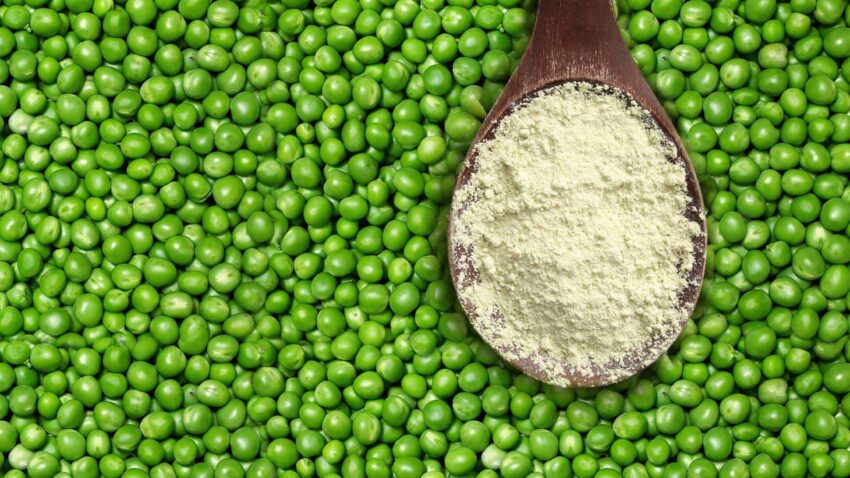Market Overview:
Pea protein is a highly nutritious plant-based protein derived from yellow peas. It offers various health benefits such as improving muscle mass, aiding in weight management and supporting heart health. Pea protein is a complete plant-based source of protein as it contains all nine essential amino acids needed by the human body. It is easily digested and highly versatile, making it a suitable alternative to soy and whey proteins. Some key product forms available in the market include pea protein isolates, concentrates and textured pea protein. These products find wide application in nutritional supplements, meat alternatives, dairy alternatives and bakery products.
Market key trends:
Rising health consciousness and adoption of vegan and flexitarian diets are some of the major trends fueling the growth of pea protein market. More number of consumers are switching to plant-based diets to reduce meat consumption for health, ethical and environmental reasons. According to data, over one-third of Americans identified themselves as ‘flexitarian’ in 2021. This has increased the demand for vegan meat and dairy alternatives made from ingredients like pea protein. Innovation in product forms and applications has also increased pea protein’s popularity in the market. Manufacturers are developing new varieties of pea protein like hydrolyzed pea protein with improved solubility and digestibility.
Porter’s Analysis
Threat of new entrants: The threat of new entrants is low in the pea protein market due to high capital requirements and established distribution channels of existing players.
Bargaining power of buyers: The bargaining power of buyers is high given the availability of various plant-based protein options. Buyers can easily switch to alternatives if quality declines or price increases.
Bargaining power of suppliers: The bargaining power of suppliers is moderate since pea is widely grown on farms. However, favorable weather conditions are required for consistent supply.
Threat of new substitutes: The threat of substitutes is high as other plant proteins like soy, wheat and rice provide comparable nutrition.
Competitive rivalry: Competition is intense among existing players.
Key Takeaways
The Global Pea Protein Market Demand is expected to witness high growth, exhibiting CAGR of 9.1% over the forecast period, due to increasing demand for plant-based proteins and rising health consciousness.
North America dominates the pea protein market currently due to increasing adoption of vegan and flexitarian diets. Europe is also a major market for pea proteins driven by growth in food innovations utilizing pea. Asia Pacific is expected to be the fastest growing regional market in the coming years supported by growing health awareness in China and India.
Key players operating in the pea protein market are Burcon Nutrascience, Cosucra Groupe Warcoing, Nutri Pea Limited, Sotexpro, Roquette Freres, Glanbia Plc., Fenchem Biotek Ltd., Prinova Group LLC, and Yantai Shuangta Food Co. Burcon Nutrascience and Roquette Freres are the leading players focusing on expanding production capacities to cater to rising demand.
Note:
- Source: Coherent Market Insights, Public sources, Desk research
- We have leveraged AI tools to mine information and compile it

